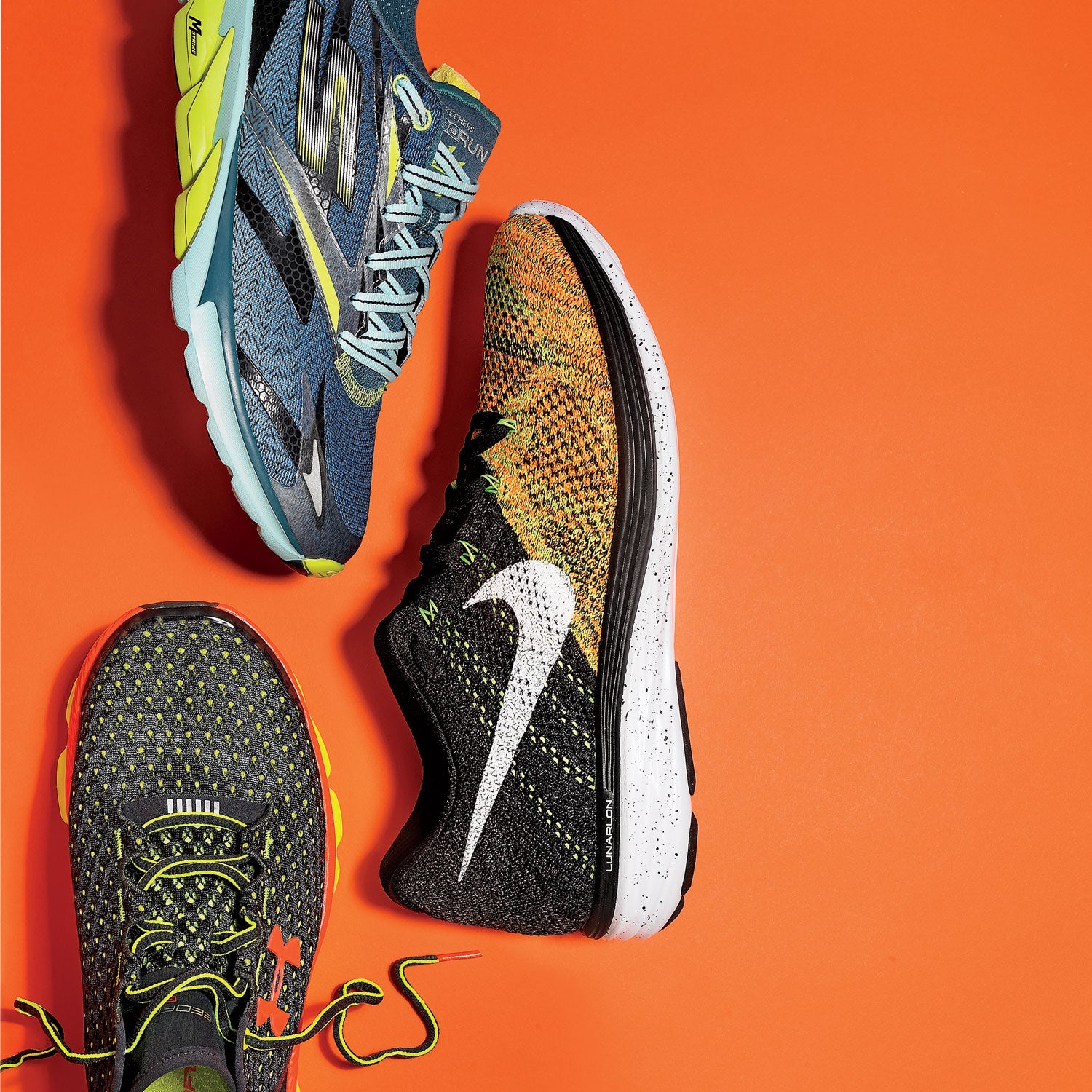These six��shoes—designed for everything from quick sprints to long miles—will help you kick start your season this spring.��
Best For: Going��Fast
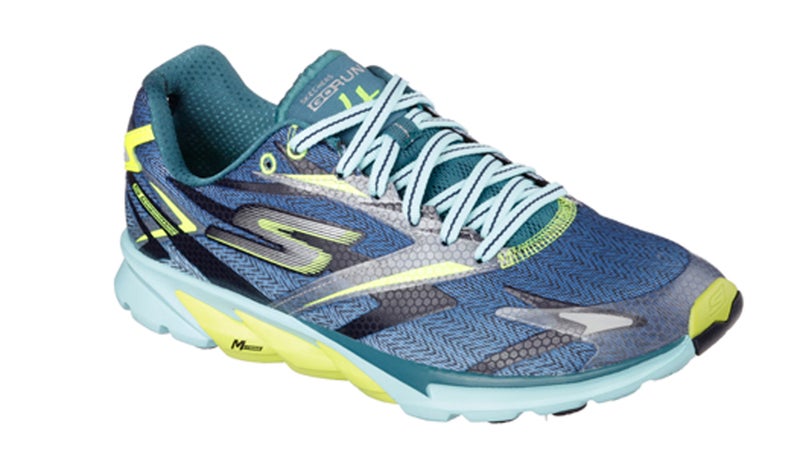
Skechers GoRun 4 ($100)��
A flexible minimalist with a thin slate of foam protection, the 4 is a radically light (7.8 ounces) trainer catering to efficient, soft-landing midfoot strikers. The foam isn’t especially responsive on push-off, but the shoe is still animated enough to move quickly on speed days. The extremely roomy forefoot makes it a great pick for wider feet. One odd design quirk: the sock liner is narrower than the midsole, so your forefoot feels like it’s hanging over the sides, but it’s hardly noticeable after a few miles. 7.8 oz; 4 mm drop;
Best For: Logging Miles
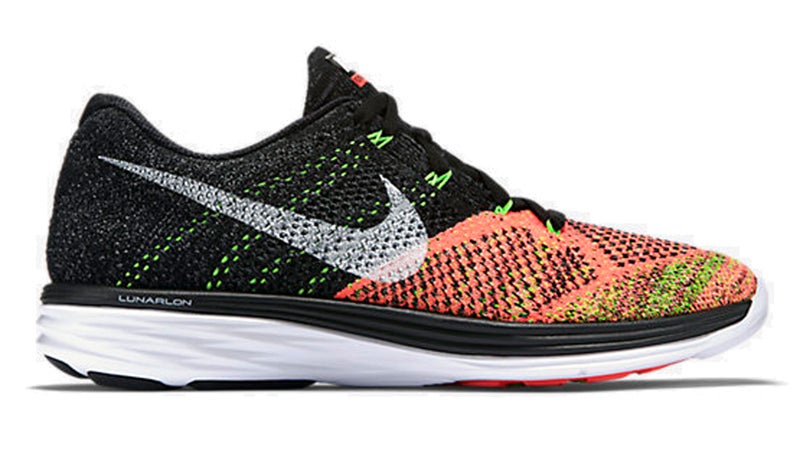
Nike Flyknit Lunar 3 ($150)
No question—the is the best shoe of the year, especially for putting in long days. Dropping a full ounce since the last iteration, it delivers a dynamic, heel-oriented ride with a lot more zip, blending the deep cushioning of a comfort shoe with the efficient push-off and quick turnover of a light trainer. And there’s no mistaking the incredible feel of the stretchy mesh upper, which is knit as a single piece of fabric and fits like a compression sock. 7.9 oz; 10 mm drop;
Best For: Speed Work
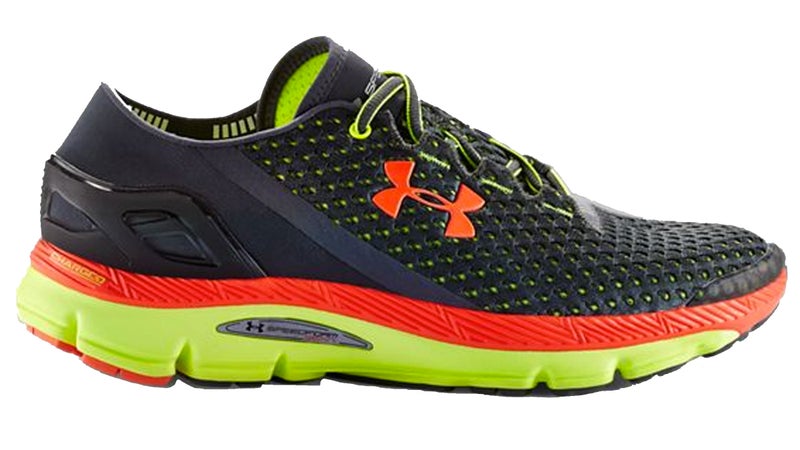
Under Armour Speedform Gemini ($130)��
If you still associate Under Armour with gym shoes, that needs to change. The surprised our testers with its liveliness and secure fit. It’s a firm and energetic trainer with a mild heel strike that can get you to your marathon pr and keep you moving quickly on shorter training days. Snug and narrow, the upper is built with a mesh material that molds to your foot for superior comfort. Our main hang-up: the toe box is unusually thin. 8.5 oz; 8mm drop;
Best For: Easy Cruising
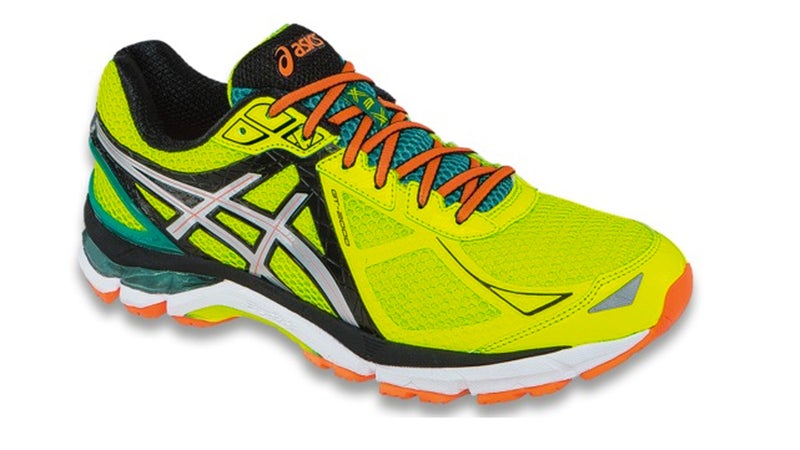
ASICS GT-2000 3 ($120)
If all you crave is comfort, look no further. The reminds us of the things we loved about shoes before the minimalist storm—deep cushioning, a stable and stoutly supportive upper (with classic stitched overlays), a thickly padded heel collar, full-coverage rubber for enhanced durability, and a nice relaxed feel. This is assuredly the slowest shoe in our test, but it’s one that welcomes wider feet, moderate heel strikers, and light pronators. Flashy? trendy? neither. But it’s a nice antidote to the insubstantial feel of many lightweight trainers. 10.7 oz; 10 mm drop;
Best For: Extra Comfort
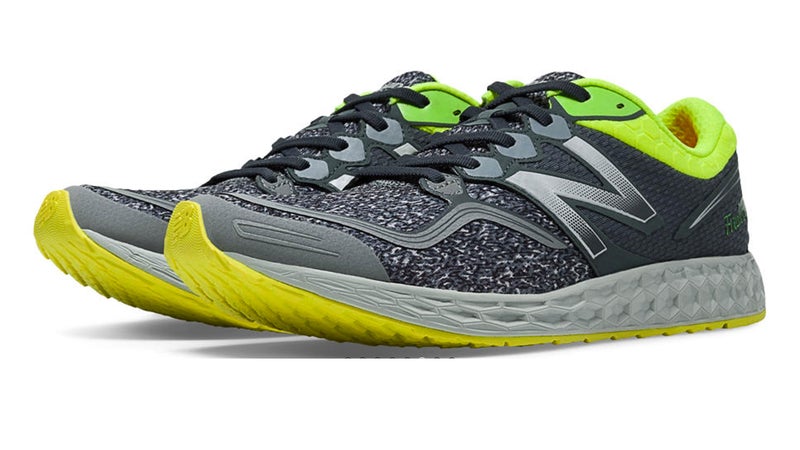
New Balance Fresh Foam Zante ($100)
Yes, the ’s midsole still boasts a significant slab of soft, spongy foam, but New Balance ditched all non-critical components in the upper, shaving weight while keeping only a full-coverage, blown-rubber outsole for durability. That means the shoe whips quickly through strides and soaks up a ton��of energy on impact, making it plush and protective, if a bit sluggish. With its flexy lack of structure, the Zante performs best during shorter efforts and definitely caters to narrow feet and moderate heel strikers. 7.6 oz; 6 mm drop;
Best For: Maximum Pop
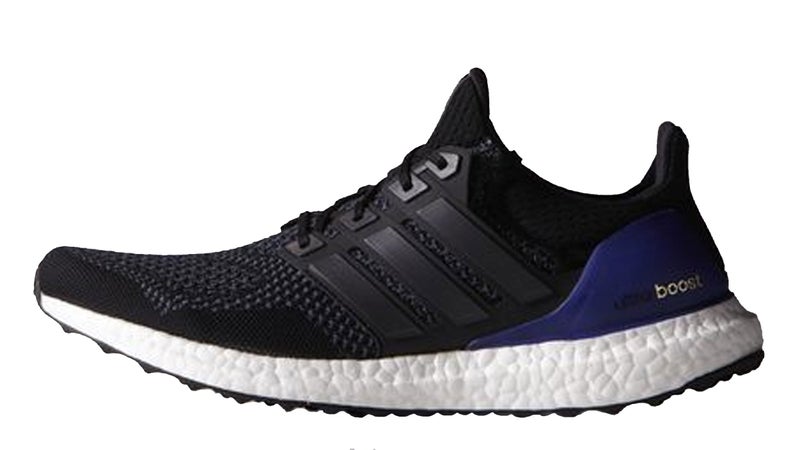
Adidas Ultra Boost ($180)��
Adidas has finally gone big with its bouncy . The midsole has 20 percent more foam than any other Boost shoe the company makes. And the feel? Like riding on rubbery marshmallows—slow and blissfully smooth (albeit a wee bit wobbly on all that foam). The stretch-bootie upper eliminates pressure points around the forefoot, and a set of floating overlays clamp down securely around the midsole for a snug, locked-in fit. Great for heavier landers and comfort junkies. 10.9 oz; 10 mm drop;


